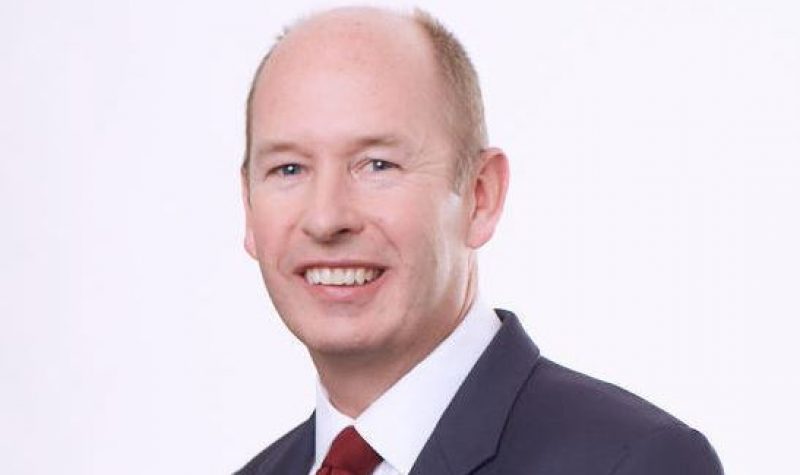By Mark Dowding, Chief Investment Officer, Blue Bay Asset Management
The quick dismissal of Christine Lagarde and other central bankers and economists on the prospect of debt cancellation as part of the pandemic recovery misses one obvious fact.
In a world with a lot of debt, but debt that is being bought by central banks, intrinsically, all we are doing is allowing the left hand of the government to owe the right hand a lot of money.
At some point, you could almost shake hands and toss that debt away. It sounds pretty toxic, but is it?
Central banks have the ability to effectively print money by cancelling the debt. In a world where there is very little inflation, you could probably get away with doing some of this.
Many commentators suggest that quantitative easing is effectively the same as printing money, but this is not the case. Instead, it is simply the creation of liabilities and the purchasing of assets. If anything, it is more of a maturity extension than anything else. Whereas the concept of debt cancellation would be the equivalent of high-powered monetary easing, akin to the unconventional monetary policy idea known as, ‘helicopter money’.
For example, it could be that governments issue 10,000-year bonds at an interest rate of zero, and these are the bonds that central banks then buy, which is effectively doing the same thing.
There is also historical precedent for debt cancellation and not just, I would emphasise, in countries such as Zimbabwe or in Germany during its period of hyperinflation in the 1930s. There have been cases, for example, in countries like Canada, where in the late 1930s it effectively monetised its debt.
This year has seen the biggest downturn in global economies that any of us have witnessed in our entire lifetimes, so this is something that would need to be eased into. However, drastic times call for drastic measures and monetary policy is not equipped to deliver what is needed.
For any country bold enough to consider such extreme action, there may also be a first-mover advantage, because the moment this takes place, borrowing costs should go up.
I hasten to add that if a country does go down this route, it needs to be done in a way where it is almost enshrined in its constitution. It’s a one off, never to be done again. Where it is not printing money to do everything and can be trusted. If this is the case, then maybe it is an outcome that we would want to see.
Austerity is simply not going to be the right answer this time around, indeed if it ever was. Even former Chancellor George Osborne, architect of the UK’s post-global financial crisis austerity measures, has said the UK government may need to write-off billions of pounds of loans to small companies to speed up the recovery.
All austerity effectively means, as we have seen over the last decade, is that people in times forward are going to have to pay back that debt over a long period of time. This ultimately suppresses demand and suppresses growth.
This will become increasingly untenable at a time where populations age and the number of individuals in work is diminishing. It will also create huge pressure within society and greater divisions between the old and young, risking a real of loss of social cohesion.
Of course, governments could choose to default on some of their debt; but this will create enormous damage and cost to the financial system, representing a very ugly outcome for us all.
When the Institute for International Finance says debt among advanced nations has soared to 432% of GDP – an eye watering and unsustainable figure – it is nonsensical to not even entertain the prospect of debt cancellation.
In my view, when you have a fixed income manager saying there is too much debt in the world, there must be something seriously wrong. Many EU countries have already breached the bloc’s fiscal rules on debt levels and while these may have been suspended for now, there is little room for manoeuvre as we emerge from this crisis without debt cancellation being an option in the toolkit.



